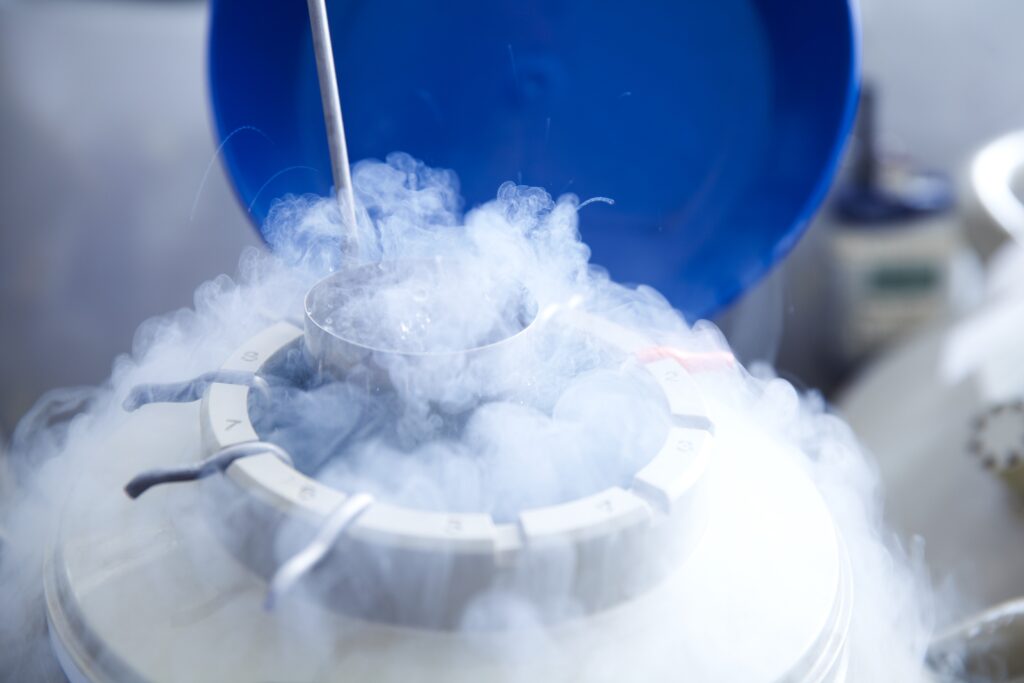Chemical Safety
Chemical Hygiene Plan
This Chemical Hygiene Plan reviews policies, procedures, and responsibilities that protect faculty, staff, and students from the health hazards associated with the hazardous chemicals within their particular lab. All lab workers must review those portions of the plan pertinent to their work and to any areas in the lab that may present hazards.
Chemical inventories are located on the University managed database through Chemical Inventory and Chemical Ordering. New chemical orders placed through Workday will be automatically entered into the inventory. It is the responsibility of inventory managers (labs, studios, shops) to remove chemicals from the inventory as containers are emptied.
Below are listed the physical hazards associated with common laboratory chemicals.
Information on the correct handling and storage of compressed gas cylinders and cryogenic materials.

Controlled substances are regulated by the US Department of Justice Drug Enforcement Agency (USDOJ DEA). Information regarding storage requirements for controlled substances is located in the Wake Forest University Guidelines: Use of Controlled Substances in Research.
Particularly Hazardous Substances include carcinogens, reproductive toxins, and acutely toxic substances. Specific standard operating procedures are required for these substances and are to be reviewed by lab personnel prior to beginning work with them. The SDS is a good source to determine if a substance will be classified as Particularly Hazardous. The following links provide additional information:
Peroxide forming chemicals are to be dated promptly upon receipt, and chemical stock should be rotated to ensure use of older chemicals. Dispose of the material according to the recommendations on the SDS, and never store more than one year.
Peroxide formers should be stored away from heat and light in sealed airtight containers with tight-fitting, nonmetal lids. Test regularly for peroxides with peroxide strips. Materials that have formed peroxides are to be removed from inventory. Notify wfuehs@wfu.edu immediately for disposal.
Pyrophoric materials are substances that will ignite spontaneously in air. Working with pyrophoric material requires great care to prevent accidental ignition.
Individuals working with pyrophoric reagents must first be trained under an experienced individual within the lab, and read the Aldrich pamphlets, below.
Sand should be readily available to smother ignited pyrophoric material.

The SDS is to be used by as a source of information regarding hazards and safety precautions for the particular chemical. Safety Data Sheets can be accessed through the WFU Safety Data Sheet Web Page.
It is the Principal Investigator’s responsibility to provide written SOPs specific to potential safety and health risks arising from the use of hazardous materials. These include biological, chemical, radiological, and physical hazards.
